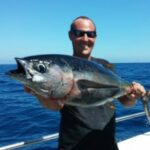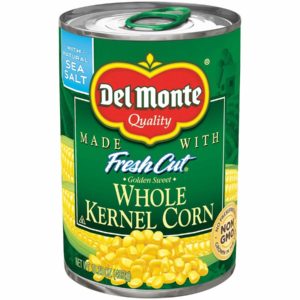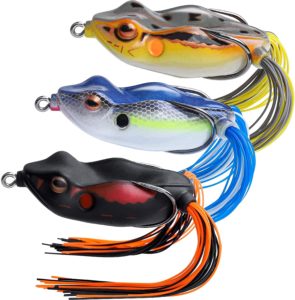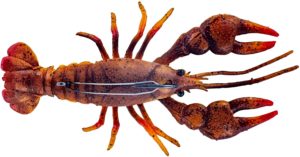What Do Carp Eat? How & When To Catch More Carp
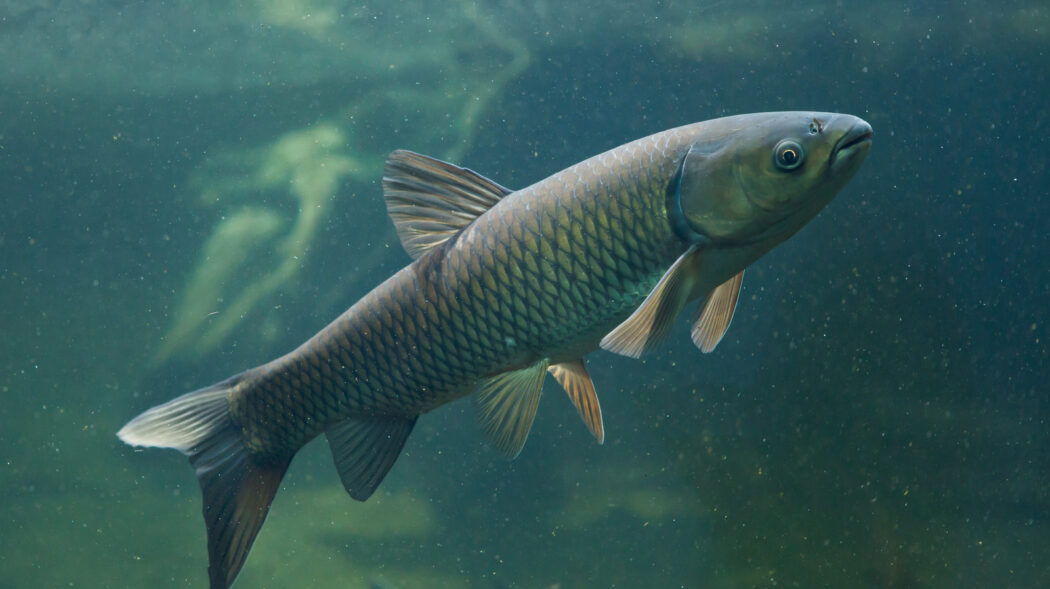
Ask any freshwater fisherman about the toughest fighting fish they’ve caught, and chances are high they’ll say Carp. Carp actually belong to a family of fish we don’t tend to think of as big or strong. The minnow. Carp are native to Europe and Asia, but can now be found and caught all over the world. Now we all know that minnows are small, but Carp are a type of minnow that don’t stay that way. In fact, the largest record Carp was weighed at 105 pounds. Carp are prized fish, and one of the first questions we need to ask to catch one of these fighters is, what do Carp eat?
Finding where Carp Eat to Learn what Carp Eat
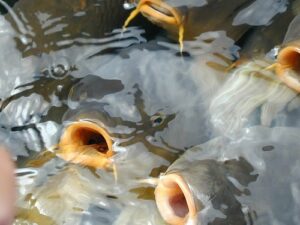 One of the best places to find Carp eating is in shallow water near reeds, ferns, or any other kind of natural growth. Even larger model Carp will cruise in closer to shore to feed. They really love finding worms, but they aren’t picky. As Carp stir up the roots of underwater foliage, many other creatures are revealed. Carp have no problem gobbling up Crawdads, frogs, smaller fish, or even hotdogs (just like any other fish). Carp will eat just about anything they find down there that’s alive.
One of the best places to find Carp eating is in shallow water near reeds, ferns, or any other kind of natural growth. Even larger model Carp will cruise in closer to shore to feed. They really love finding worms, but they aren’t picky. As Carp stir up the roots of underwater foliage, many other creatures are revealed. Carp have no problem gobbling up Crawdads, frogs, smaller fish, or even hotdogs (just like any other fish). Carp will eat just about anything they find down there that’s alive.
Carp Loves Corn – For Permitted Areas Only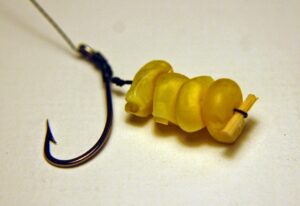
Aside from maggots, corn is a favorite bait of many Carp enthusiast, but take caution. Corn is not allowed to be used for bait in some areas. Check your state and local fish and game laws to be sure you’re safe to use corn. Canned corn is the recommended form to use, as the frozen stuff does not give off the same smell.
Canned Corn
Catch some carp fish using canned corn.
This whole kernel canned corn makes an excellent carp bait.
Chumming corn or oatmeal works to attract the fish. Chum the corn by casting small handfuls into the water you plan to fish. Carp often travel in schools, and by chumming you will often attract several fish to your area. Better for your catching chances.
The Season of The Carp
Carp behavior can change radically throughout the year, which affects their feeding habits. I’ve put together an overview for your easy referral. Check back anytime as a reference, and adjust your fishing style accordingly.
Carp Seasonal Behaviors and Feeding Habits:
- Early Spring – Carp come out of sleepy winter depths and begin feeding in the shallows. Minnow lures, nightcrawlers, or imitation worms often work better than corn at this time.
- Mid Spring to Early Summer – This is the time Carp spawn. Carp will not feed when they are spawning. While you might still hook one that is still in pre spawn mode, other fishing might be a better bet.
- Early to Mid Summer – After Carp are done spawning there will be a period of good feeding. Corn can work good here. Grab those cans!
- Mid to Late Summer – The dog days of summer heat the water up, and Carp get lazy. This is when still bait like bread and corn work best. A lot of patience can be required to get the bite during this time of year.
- Early to Mid Fall – As the water begins to cool, Carp will group closer together. They often turn to crawdads at this time, and slow reeling a shiny lure near the bottom can work. This is a great way to get them in rivers where they tend to group in even larger numbers.
- Mid to Late Fall and Winter – Carp huddle even closer together as the water cools. Lake fishing can be over, but drifting a salmon egg down river into a school of Carp is very effective. Other fish species like Trout or Bass are likely catches this way for bonus action. In areas that stay warm enough during the winter, fish Carp this same way until early spring rolls back around.
What do Carp Eat when the Bait is on Our Hook?
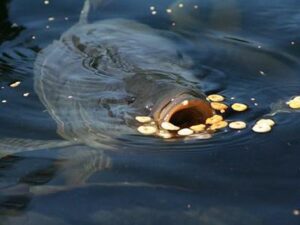 That’s the real question we need answered now that we know what Carp eat. Long fishing rods of up to 8′ and more, sturdy reels with 8 + pound test, and an ability to remain still and quiet is the name of the game when fishing Carp. Scout out a local area and get down there! Carp are often lazy fish, but get a hook in one’s mouth and BAM! Hold on tight, small Carp put up quite a fight. Larger models will take you for a ride.
That’s the real question we need answered now that we know what Carp eat. Long fishing rods of up to 8′ and more, sturdy reels with 8 + pound test, and an ability to remain still and quiet is the name of the game when fishing Carp. Scout out a local area and get down there! Carp are often lazy fish, but get a hook in one’s mouth and BAM! Hold on tight, small Carp put up quite a fight. Larger models will take you for a ride.
What Should we Have in our Box to Imitate Carp Food?
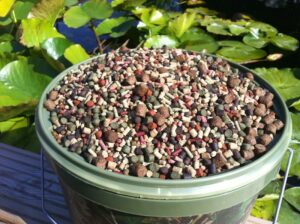 I’ll wrap this up by leaving you a few tackle pointers. Keep a look out for rubber frogs, worms, and crawdad lures. Size 4 to 6 hooks are generally recommended. Be sure to check local rules to see if barbed hooks are legal.
I’ll wrap this up by leaving you a few tackle pointers. Keep a look out for rubber frogs, worms, and crawdad lures. Size 4 to 6 hooks are generally recommended. Be sure to check local rules to see if barbed hooks are legal.
Shiny objects can scare off Carp in murky water, so grab some dark colored hooks. By contrast, gold shiny lures can work good in the fall so add these too if you can. Being prepared as a fisherman is always a good rule, and Carp are fish well worth the catch. Best of luck to you and your Carp conquering conquests. The next time a fishing buddy asks you,“What do Carp Eat?” you can tell them just about anything. It’s the getting them to eat it that’s the fun part!
Imitation Frog Lures
Rubber frogs are an effective lure that can help you catch some carp.
This frog fishing lure has a fine-cut single silicone tail that adds to the subtle attractiveness to attract carp.
Imitation Worm Lures
Another excellent lure for catching carp is imitation worms.
These scented artificial earthworms are an excellent carp lure.
Imitation Crawdad Lures
Crawdad lures will undoubtedly catch a lot of carp.
This crawdad bait is extremely realistic and is patterned after a real crawfish, fooling even the most wise carp.
Enjoyed this article? You might want to check out Top Carp Fishing Tips to make your next fishing trip more awesome. Feel free to leave a comment!
As an Amazon Associate, Fishermen's Angle earns from qualifying purchases. We get commissions for purchases made through links in this post.
